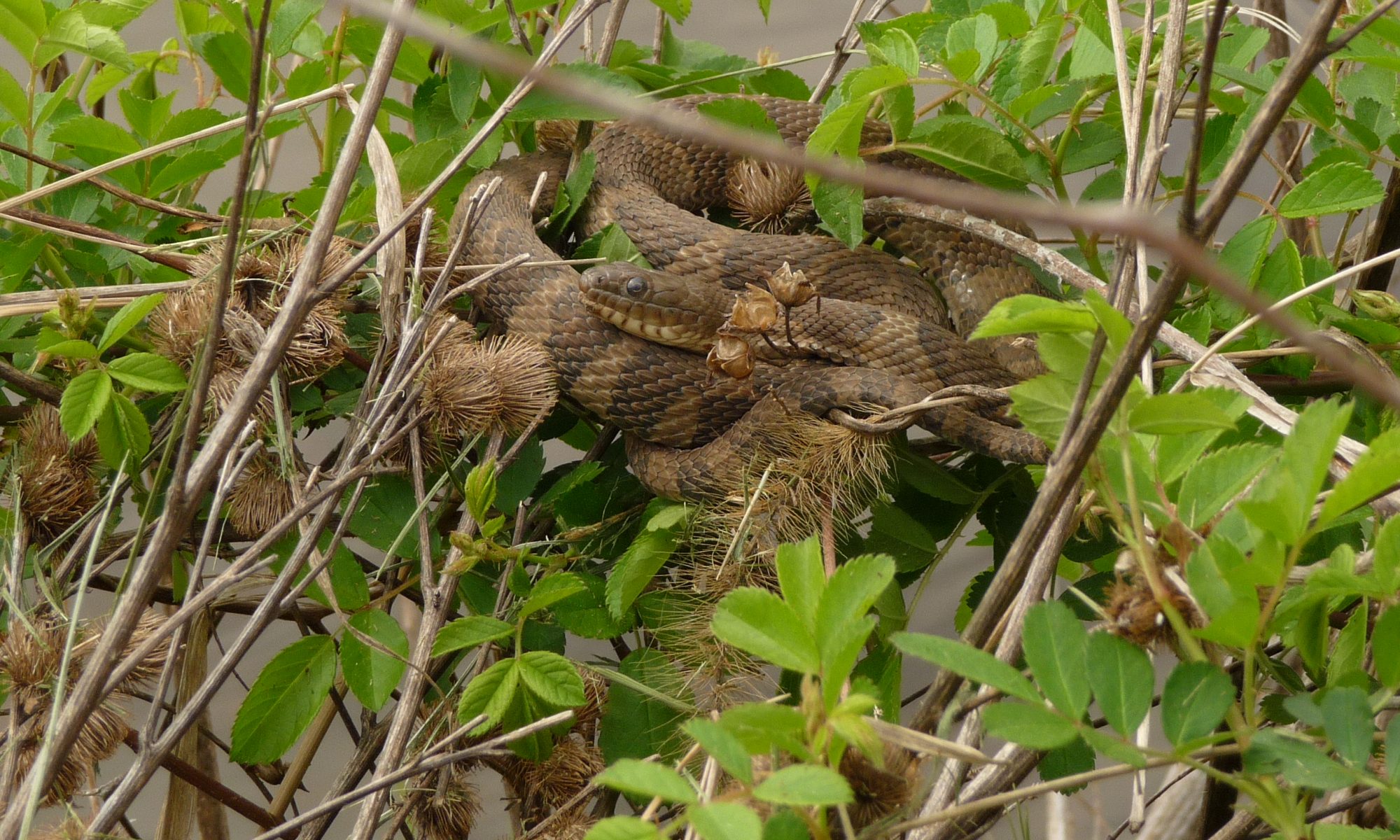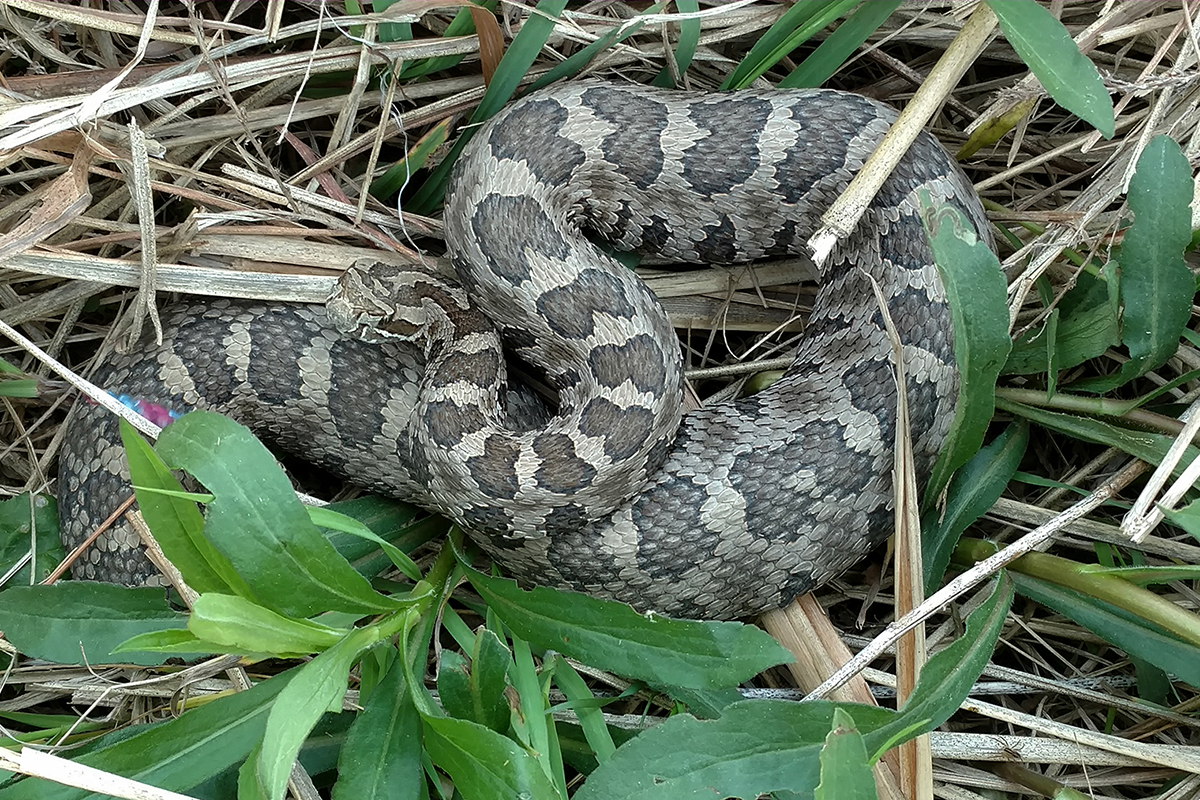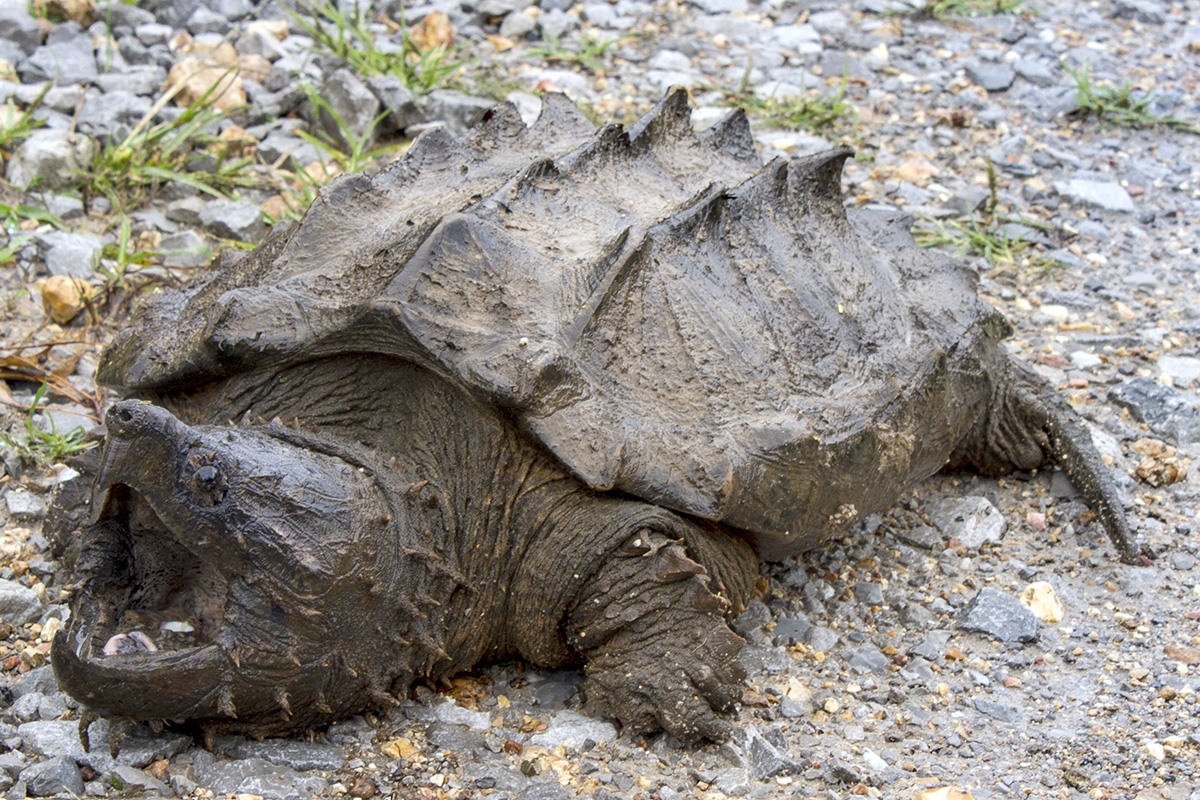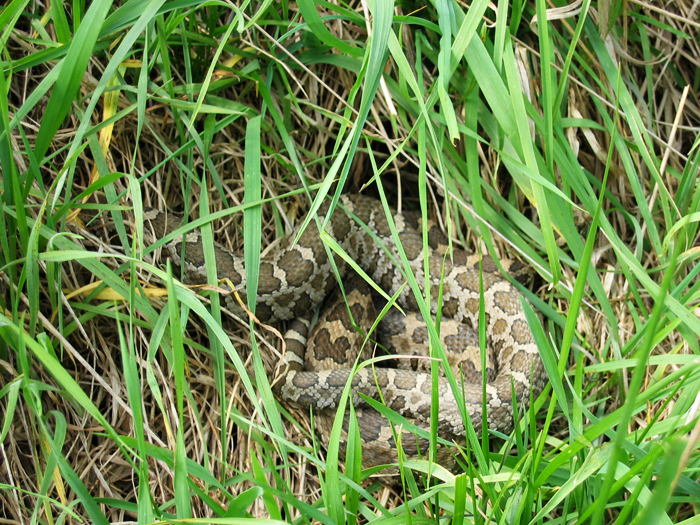CHAMPAIGN, Ill. — Habitat loss, habitat fragmentation and the loss of genetic diversity are the three main factors driving the extinction of many wild species, and the few eastern massasauga rattlesnakes remaining in Illinois have certainly suffered two of the three. A long-term study of these snakes reveals, however, that – despite their alarming decline in numbers – they have retained a surprising amount of genetic diversity.
“Despite occurring in small, fragmented populations, eastern massasaugas in Illinois do not show genetic evidence of inbreeding,” said Illinois Natural History Survey postdoctoral researcher Sarah J. Baker, who led the new research.
Read more about this story here.





